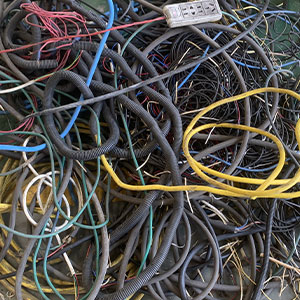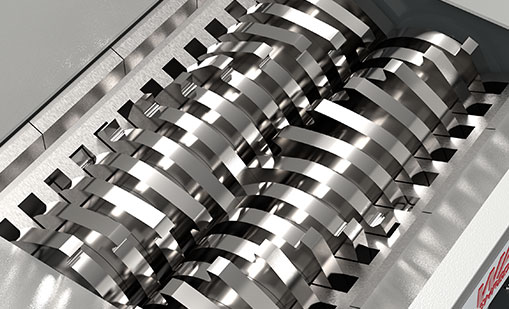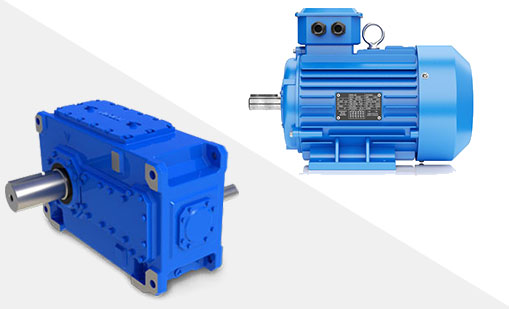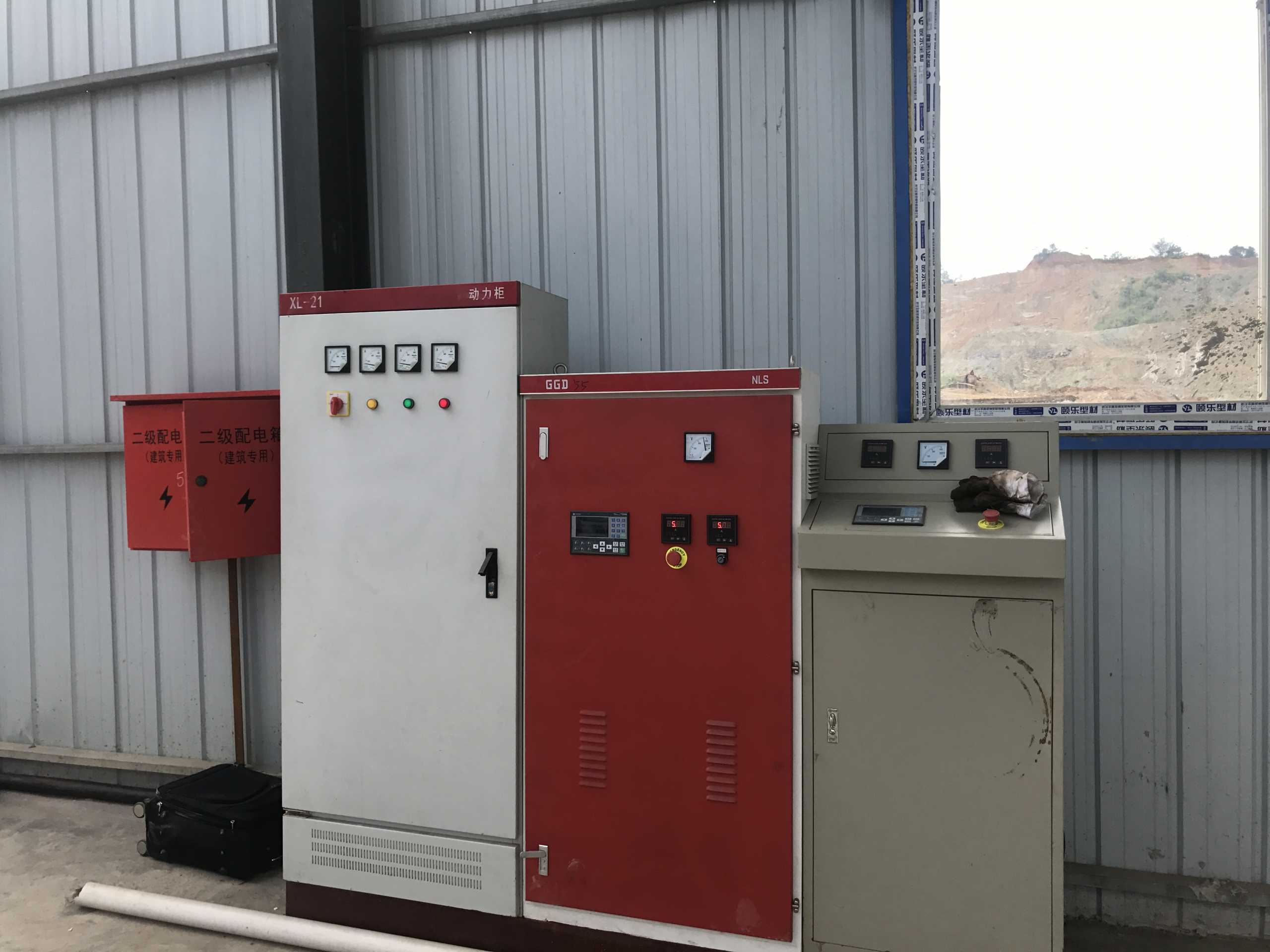What is a cable shredder?
Cuprins
- A Cable Shredder
- Key Features of Cable shredders
- How does A Cable shredder Work?
- Factors Influencing Cable Shredders Price
- FAQs about Cable Shredders
- Concluzie
A Cable Shredder
A cable shredder is a machine designed to shred and process cables and wires. These shredders are used in recycling facilities to separate valuable materials such as copper and aluminum from the insulation and other non-metallic components. The shredded cables are then processed further to recover these valuable metals, which can be reused in various industries. Using a cable shredder helps in efficiently recycling electronic waste and reducing environmental pollution.
Key Features of Cable shredders
-
Shredder Type:
- Tocător cu un singur arbore: Suitable for handling consistent and less complex cable types.
- Dual-Shaft Shredder: Ideal for processing larger volumes and more complex or mixed materials.
-
Cutting System:

- Blade Design: Different blade shapes and materials (De ex., hardened steel) for various cable types.
- Adjustable Blades: Allows for customization of shred size.
-
Puterea motorului:

- High-Torque, Low-Speed Motors: Provide the necessary force to shred tough materials without overheating.
-
Feeding Mechanism:
- Hopper Size: Depending on the volume of cables being processed.
- Conveyor Belt: For continuous feeding and higher efficiency.
-
Control System:

- Automation and Monitoring: Systems to monitor performance, detect jams, and adjust operations.
- User Interface: Easy-to-use control panels with emergency stop functions.
-
Caracteristici de siguranță:
- Emergency Stop Buttons: Strategically placed around the machine.
- Protecții de siguranță: To protect operators from moving parts.
- Protecție la suprasarcină: To prevent damage to the machine.
-
Capacity and Throughput:
- Shredding Capacity: Based on the expected volume and type of cables to be processed.
- Throughput Speed: Adjustments to balance processing speed and efficiency.
-
Eficiență energetică:
- Energy-Saving Modes: To reduce power consumption during idle times.
How does A Cable shredder Work?
A cable shredder operates through a series of steps designed to efficiently break down and separate the components of cables and wires:
-
Hrănire:
Cables and wires are fed into the shredder through a hopper or conveyor belt.
-
Mărunţirea:
The shredder has rotating blades or cutting drums that chop the cables into smaller pieces. This process can involve multiple stages, with each stage further reducing the size of the material.
-
Separation:
După mărunțire, the material is typically passed through various separation processes:
- Separare magnetică: Magnetic separators are used to remove any ferrous (iron-based) metals from the shredded material.
- Clasificarea aerului: An air separator may be used to separate lighter plastic or rubber materials from heavier metal particles.
- Eddy Current Separation: This technique uses magnetic fields to separate non-ferrous metals (like aluminum and copper) from other materials.
-
Collection:
The separated materials are collected in different bins or containers for further processing or direct recycling.
-
Refinement:
The metals can undergo additional refinement processes to purify them further and prepare them for reuse in manufacturing.
This entire process not only facilitates the recycling of valuable metals but also ensures that hazardous materials are properly managed and disposed of, reducing environmental impact.
Factors Influencing Cable Shredders Price
1. Cable Shredder Configuration
- Tipul și materialul lamei: Diferite tocătoare folosesc diferite configurații și materiale ale lamei (De ex., oțel) pentru durabilitate și eficiență.
- Puterea motorului: Variază de la 50 HP la peste 500 HP în funcție de dimensiunea și capacitatea tocătorului.
- Marcă și producător: Mărcile de renume cu un istoric de fiabilitate și performanță vor avea un impact semnificativ asupra costurilor.
- Personalizare: Mașinile adaptate pentru aplicații specifice sau cu configurații speciale pot fi mai scumpe.
2. Costuri suplimentare
- Expediere și transport: În funcție de locație, Transportul unui tocător mare de anvelope poate adăuga câteva mii de dolari la costul total.
- Instalare și configurare: Instalarea și configurarea profesională vor fi o cheltuială.
- Întreținere și piese de schimb: Întreținerea continuă și costul pieselor de schimb ar trebui să fie luate în considerare în bugetul general.
FAQs about Cable Shredders
Q:What are the benefits of cable shredders?
Un: Enables the extraction of valuable metals like copper, aluminiu; reducerea costurilor de transport și depozitare.
Q: What is the price of a cable shredder ?
Un: The price of a cable shredder can vary significantly depending on its size, capacitate, dimensiunea descărcării, mărci de motoare și așa mai departe.
Concluzie
Cable shredders are essential for resource recovery, helping to reduce waste and recycle materials efficiently. When purchasing a cable shredder, it’s important to consider factors such as the type and volume of cables we need to process, the machine’s capacity and features, after-sales support, and warranty.
 Wali Shredder
Wali Shredder